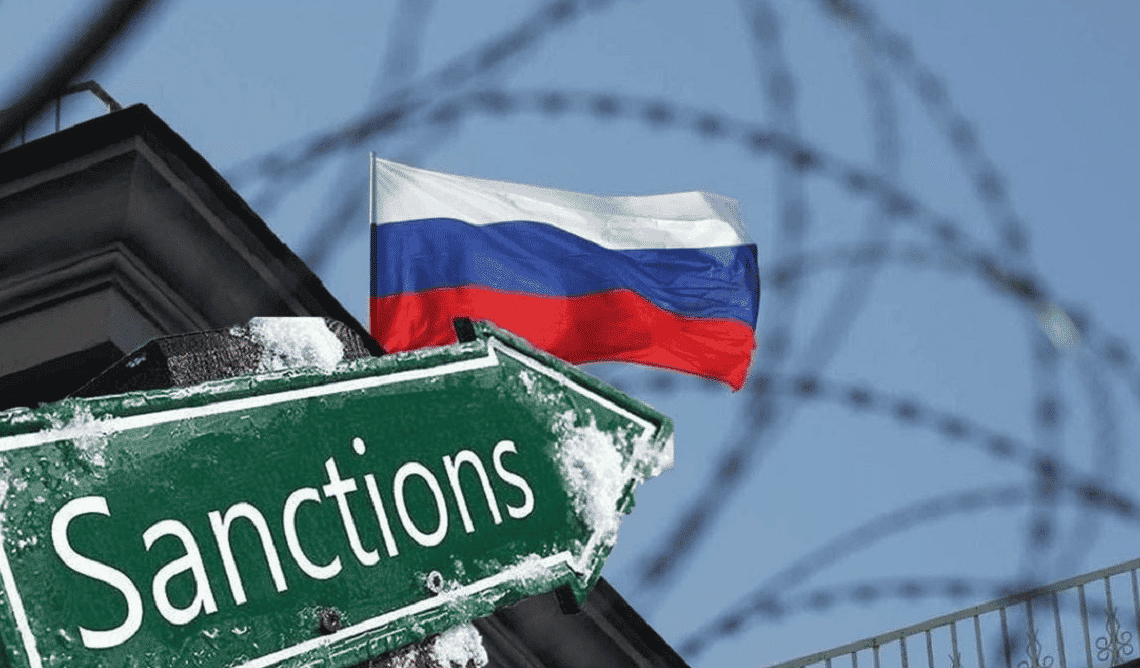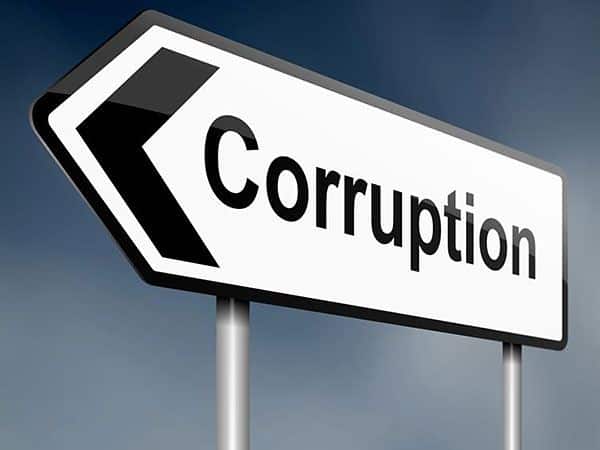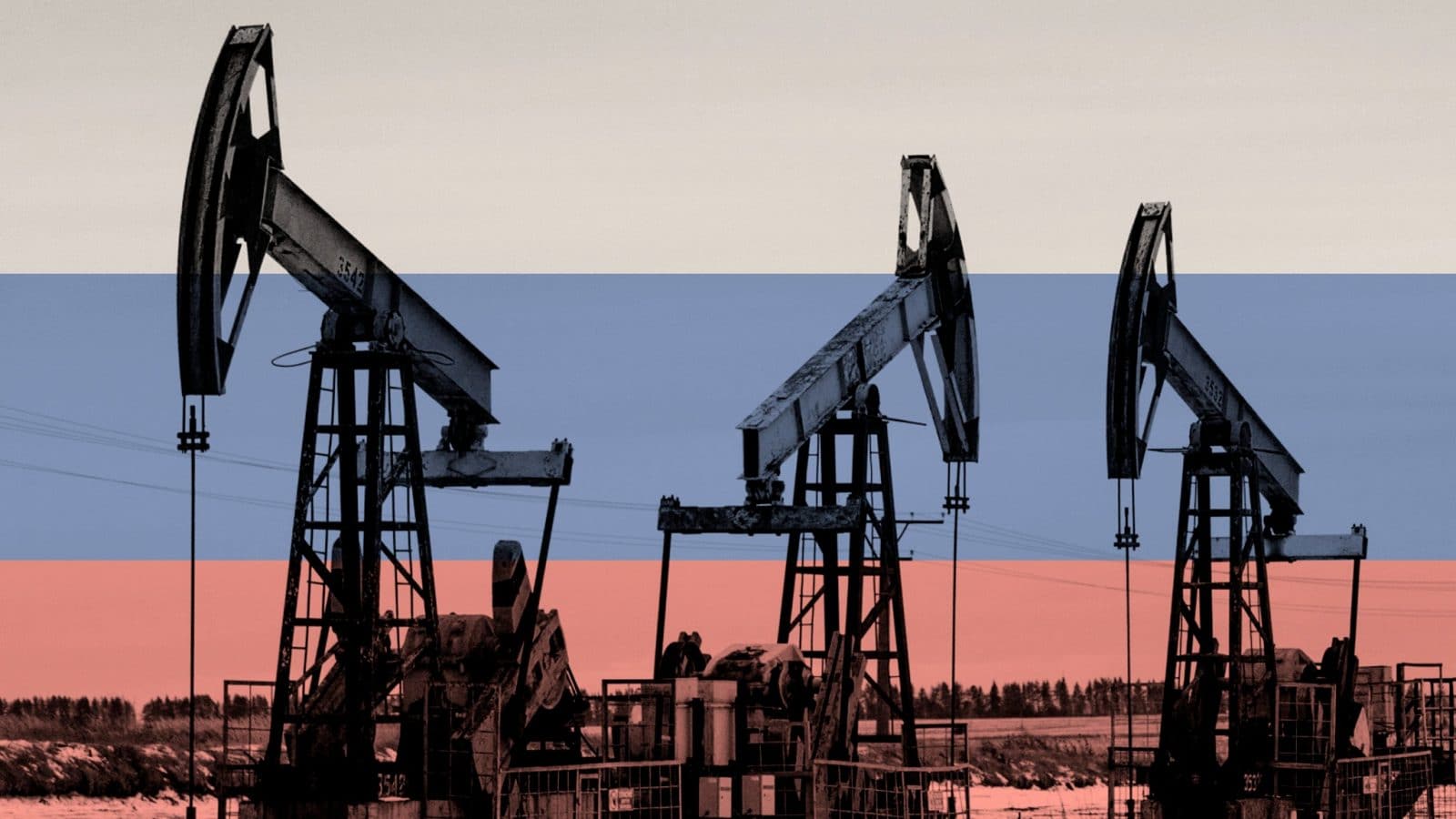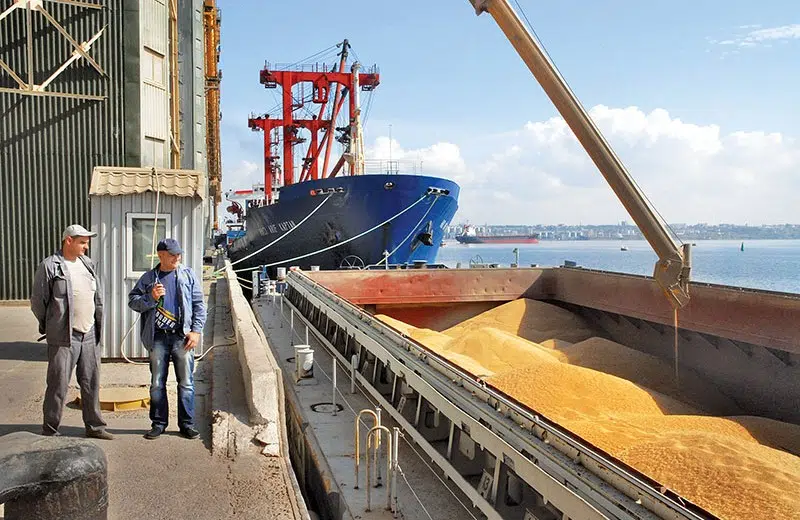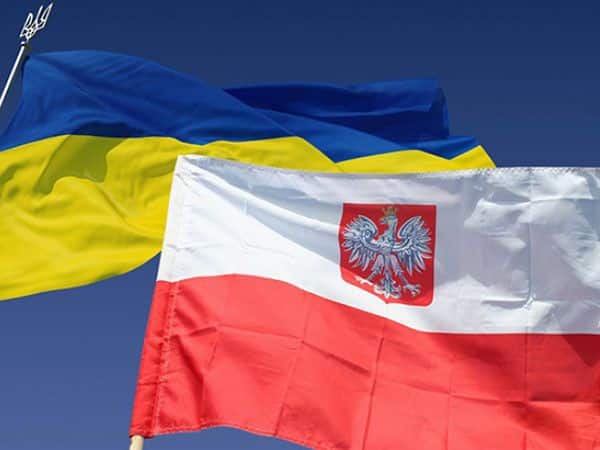Table of Contents
According to recent calculations by the Kyiv School of Economics, Russian aggression has caused Ukraine damages exceeding $150 billion, which include estimated physical losses, destroyed and damaged infrastructure, and enterprises.
Furthermore, Ukraine is forced to ask the civilized world for billions of dollars to compensate for lost tax revenues due to record defense and social support expenditures.
As political cycles begin in partner countries, there will be an increased risk of reduced external financial support. Political forces in various countries are already speculating that taxpayer funds should be spent not on Ukraine, but on addressing internal issues.
At the same time, discussions have been ongoing for the past two years about the necessity of using frozen Russian assets and sanctioned Russian oligarchs’ funds for the country’s reconstruction. However, Western countries still fear confiscating them for the benefit of Ukraine.
Nevertheless, while this “football game” continues, the mentioned assets continue to generate hundreds of millions of dollars in income. Income that the Ukrainian authorities could use right now, while the final decision on confiscation has not yet been made. What are we talking about?
Is confiscation out of time?
In the very first days following the start of the full-scale invasion, Western countries froze billions of dollars’ worth of Russian assets located within their territories. Firstly, this concerns funds of the Russian Central Bank, but beyond that, assets of oligarchs closely tied to the Russian dictator also came under restrictions.
The total volume of frozen assets is estimated at around $300 billion. However, this amount is approximate, as the assets of certain Russian oligarchs are still being held in the civilized world, while other Russians like Abramovich or his associate Shvidler are attempting to move their wealth out from under sanctions through legal proceedings.
The complexity of locating Russian assets is one of the reasons why it’s so challenging to seize them for the benefit of Ukraine.
From public statements and announcements, it’s known that, for instance, in Switzerland, Russian assets amounting to €7.5 billion have been frozen, and in the United Kingdom, it’s €20 billion. However, the largest volume of frozen Russian assets is situated within the territory of the European Union.
“Our partners tell us that there is currently no legal mechanism to recover these funds for the benefit of Ukraine, which, in my opinion, signifies a lack of political consensus, as a mechanism could indeed be found,” believes Vladyslav Vlasiuk, the secretary of the working group on sanctions against Russia.
Although the EU has repeatedly expressed readiness to seize Russian assets for the benefit of Ukraine, practical steps in this direction have not been taken in the one and a half years of the war. Probably, one of the reasons for the absence of political consensus on this issue is the fear that such actions might not be understood by investors from countries in the global South, as well as China and Saudi Arabia. The latter hold a significant portion of their reserves in euros and US dollars.
Considering all the risks associated with the confiscation of Russian assets, partners are trying to find alternative ways of using frozen funds, including for the benefit of Ukraine.
Yes, for example, the President of the European Commission, Ursula von der Leyen, previously stated that she would present a plan for the recovery of income from frozen Russian assets for the benefit of Ukraine. Specifically, these revenues are intended to become one of the sources of funding for a special instrument to support Ukraine’s recovery with €50 billion, a plan the European Commission announced on the eve of the recovery conference in London.
The Ukrainian government also considers the recovery of at least a portion of income from Russian assets as the most realistic way of utilizing these funds for Ukraine’s benefit at present.
“Our entirely logical desire is to find a political way to extract these assets for Ukraine’s recovery. This is the main focus of our efforts. However, before the assets are recovered, the most feasible solution is taxes on profits (among them, corporate tax). I believe that this source can already work for the benefit of recovery,” stated Ukraine’s Minister of Finance, Serhiy Marchenko, in an interview with the Economichna Pravda (media outlet).
Belgian “deposits” of Russian assets
Among all Western countries, perhaps the largest volumes of frozen Russian assets are concentrated in Belgium. The amount in question reaches €196.6 billion — more than in traditional “havens” for Russian funds like Switzerland or the United Kingdom. How is this possible?
The key lies in the fact that the headquarters of one of the two international depositories for securities, Euroclear, is located in Belgium.
Euroclear is a crucial component of the global financial infrastructure. Its role involves the fast and efficient reception, issuance, and distribution of securities for its clients, ensuring both domestic and international connectivity with a focus on the security of clients and investors.
Assets totaling around €37.6 trillion are held in Euroclear accounts by approximately 2 million clients. The depository handles 295 million operations annually. Considering these scales, it’s not surprising that the largest portion of Russian assets circulates precisely here.
Out of nearly €200 billion of Russian assets in Euroclear accounts, €180 billion belong to the Russian Central Bank, while the remainder belongs to sanctioned individuals.
According to Bloomberg, the majority of the frozen assets in Euroclear accounts are cash and deposits, while a “significant portion” consists of securities, including bonds and stocks.
The second European securities depository is Clearstream. The company is registered in Luxembourg and also holds frozen Russian assets in its accounts. However, information regarding the total volume of such assets or their structure is not available in open sources.
Taxes from income revenues
Locating where Russia’s frozen assets lie is just the first step in making them work for Ukraine’s benefit. However, this step, in the end, allowed the EU to find a necessary solution that could be relatively straightforward.
The assets in Euroclear accounts continue to generate income. Yet, like the assets themselves, this income is Russia’s property. Therefore, recovering this income for Ukraine in the near future is just as challenging as recovering the assets themselves.
However, according to Euroclear procedures and EU regulations, the depository must reinvest such income, meaning they reinvest it into instruments that also generate income. In this case, the income from reinvestments will no longer be considered Russian income; it will be credited to Euroclear’s income.
Unlike the decision to confiscate the actual Russian assets, consensus among all EU members is not required to transfer such income from reinvestments.
“This is indeed a loophole. It turns out that the EU has found money in this process that isn’t Russian,” says Natalia Shapoval, the head of the KSE Institute.
From both a legal and political perspective, recovering funds from Euroclear is the most flawless way to make Russian assets work to Ukraine’s advantage. Belgium and other countries opting for this path may not be concerned about potential violations of international law or the risks of Russia taking reciprocal measures.
Potentially, billions of euros could be recovered from Russia in this manner. Given the current high-interest rate environment, the profitability of Euroclear’s reinvestments has significantly increased.
If Euroclear reported €822 million in income from frozen Russian funds for the year 2022, the sum of such income for just the first half of 2023 has already reached €1.74 billion.
See also: Instead of confiscation: why is the EU looking for a new mechanism for frozen Russian assets?
Such amounts are considered extra profits for conservative instruments in which the depository invests. Part of these extra profits was caused by Russia itself, by attacking Ukraine. The beginning of the major war triggered “shocks” in food and energy markets, which had a negative impact on inflation. To combat rising prices, leading central banks had to raise their benchmark rates at record speeds, which ultimately led to high yields.
Considering how stringent the monetary policy continues to be in the West, Euroclear’s income from reinvesting Russian assets is expected to keep growing and reach over €3 billion by the end of the year. If these funds are transferred to Ukraine, they could cover nearly half of the amount that still needs to be raised for rapid recovery this year.
Currently, the EU is working on two paths for transferring a portion of the income from Russian assets to benefit Ukraine.
The first approach involves taxing the depository’s income with a so-called “windfall tax,” which is a tax on windfall profits. Movement in this direction has already begun. From the income received in 2022 from frozen Russian assets in Euroclear accounts, Belgium retained 76% in taxes, totaling €625 million. Under normal circumstances, all these tax revenues should have been used by Belgium. However, on May 12, 2023, the Belgian government announced the transfer of €92 million to Ukraine, split evenly between military, humanitarian, and other assistance.
The second approach involves transferring all windfall profits from Euroclear and other depositories’ reinvested income from Russian assets to Ukraine. This path, though more complex to implement, is justified, as these windfall profits arose precisely due to Russia’s attack on Ukraine.
What’s next?
Ensuring any inflows to Ukraine from frozen Russian assets is undoubtedly positive news. However, this by no means negates the necessity of recovering the assets themselves for future reconstruction. Work in this direction continues, with its small “victories” and “setbacks.”
For example, on the eve of it, the UK government announced that it would not lift sanctions on Russia until it compensates Ukraine for the inflicted damages. Skeptics believe that such a decision was primarily made there to avoid confiscating frozen Russian assets and not to set corresponding precedents in their legislation.
In contrast, in the US, a bipartisan bill has been introduced, which could grant the president the authority to effectively confiscate Russian assets.
“This bill refers to the Emergency Powers Act. Accordingly, it would empower the president to make a ‘transfer’ of Russian assets to a national escrow account, from which they could be transferred to Ukraine. The US will also establish an international escrow account where other partners could transfer confiscated Russian funds,” explains Anna Vlasiuk, a member of the Yermak-McFaul Expert Group on Russian Sanctions.
The fate of this bill will be decided in the fall, after the end of the vacation season in the US. However, potentially, it could provide a significant impetus to initiate similar processes of confiscating Russian assets worldwide.
Ultimately, the implementation of the principle “the aggressor must pay” is both a moral and legal obligation of the entire civilized world.
Originally posted by Yaroslav Vinokurov on Economichna Pravda, translated and edited by the UaPosition – Ukrainian news and analytics website

